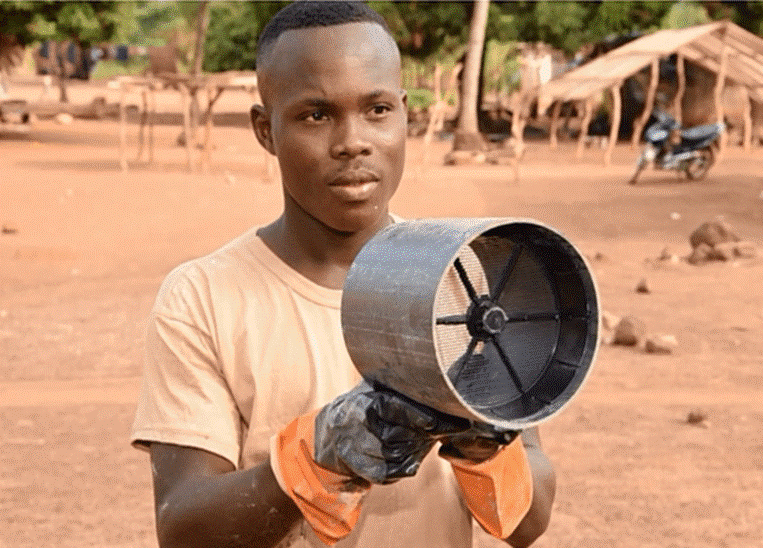A new, promising and inexpensive way to combat malaria – ventilation grilles sprinkled with insect poison built into the outer walls of houses – could, according to recent research, cut the number of malaria infections by half.
Governments and researchers all over the world are working hard and investing significant resources to curb mosquito populations using new and innovative methods such as genetically modifying the culprit species of mosquito to become malaria resistant. Work is also being undertaken to produce a vaccine against malaria.
The mosquito-killing ventilation grilles were invented by the Dutch product developer Mr. Anne Osinga who has a long list of inventions to his credit including a mosquito trap and a ventilation grille that traps pollen from the air which is intended to help those suffering from allergies.

“I tried to think like a mosquito,” Osinga explains his invention. He came up with the idea that the ventilation grilles should be mounted directly under the eaves. “Man has a smell of 37 degrees, which rises because it is warmer than the environment. If I were a mosquito, I would go in through that vent because, to a mosquito, it smells fantastic there at night.”
An international group of researchers led by a medical entomologist, Eleanore Sternberg, put the invention into practice. The researchers split villages in Ivory Coast into two groups. Half of the villages received only mosquito nets to protect themselves against the malaria-carrying mosquito while houses in the other half received nets but they also received Osinga’s ventilation grilles and underwent a thorough check for any existing cracks or holes. After two years, in the villages where houses had ventilation grilles, children fell ill with malaria 2,355 times whereas in the villages with the nets alone, this was 3,635 times representing a decrease of almost 40%.

“A breakthrough,” responded Sander Koenraadt, a medical entomologist at Wageningen University who was not involved in the development of the ventilation grilles or in the research. “You see many new mosquito remedies in my field, but they often start from the same principle. This is a completely new approach.”
Even resistant mosquitoes are hit by the insecticide on the ventilation grilles. “They ingest a high dose of the poison and so they die,” commented Sander Koenraadt.
Malaria remains a very deadly disease with more than 400,000 deaths worldwide in 2019. According to the World Health Organization, particularly in poorer countries, malaria is at the top of the list of causes of death far exceeding traffic accidents, HIV, or tuberculosis for example. However, the number of deaths from malaria decreased significantly from 2000 mainly because large numbers of mosquito nets were distributed in the affected areas. The problem remains that more and more mosquitoes are becoming resistant to the agents with which the nets are impregnated resulting in a decline in cases of malaria having stagnated since 2015.

